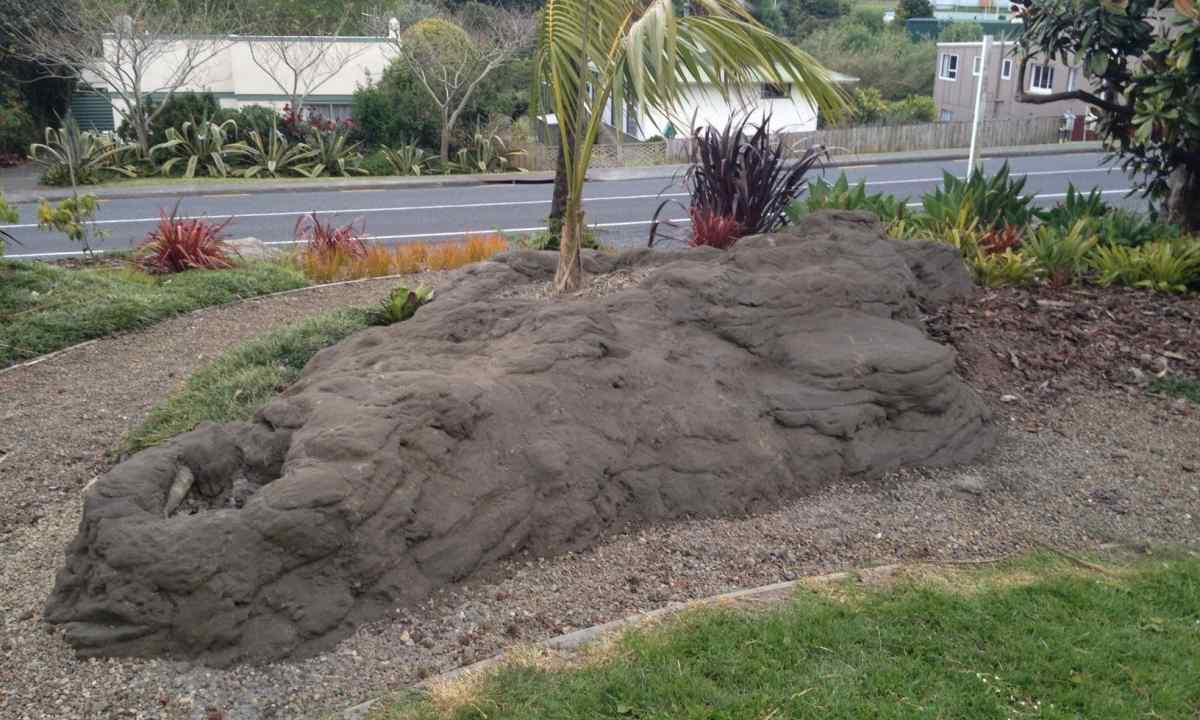The artificial stone has become widespread enough now. It is applied in architecture and design, in production of furniture, they can carry out facing of many buildings, such as gazebos, fences, socles, columns and facades of roofs. And it is possible to make such useful subject and independently.
Instruction
1. The sample from which we will cast form is necessary for us. Let it will be stone, natural, concrete or plaster. Then we do timbering for silicone flooding. It can be executed from the PVC panels. We mark panels, doing allowance of 4 cm. We cut out, we stick together liquid nails.
2. The ready timbering together with stone is covered with thick layer of solid oil. In case with plaster stone we cover it before it three layers of drying oil or varnish.
3. We take barrel with silicone, we cut off at it nose and in ready form with the sample of stone placed in it we squeeze out silicone. Silicone has to be universal and transparent. Other "grades" quickly dry. Also the second cylinder can be required by us if there is not enough one. Approximate expenses make: silicone cylinder on stone sizes 18 – 6 – 2 cm, two cylinder on stone with sizes of 20 – 12 – 2 cm and three cylinders on stone with sizes of 25 – 9 – 3 cm.
4. We moisten brush in soapsuds and we pass it on all silicone, it is good it having moistened. Then we stamp the wetted silicone in form. That the form lay when fillings better, we are passed in it from above by the palette, the wetted in water.
5. Now we have filled-in sample, leave it to dry. For reference – silicone dries with speed of one centimeter a week. In about three weeks we sort timbering and we get form.
6. To paint artificial stone in right color, we paint form from within – so paint will better keep. For casting from cement dyes for concrete are used.
7. It is better to fill in stone in two layers, for dye economy. For the first layer we measure sand and cement in the ratio 1 to 3, we measure dye the syringe (2-3% of mass of the added cement), we add water. We mix sand and dye, without water. We add cement, we disturb. Then we add waters, again we disturb and we spread in form. Do not forget to stamp solution.
8. Before addition of the second layer we drive cement the palette to edges of form. Inside we put piece of painting grid. We stir solution without dye, we spread and again we ram. For the best gluing of stone it is possible to do grooves nail or knot.
9. 12 hours later we get stone from form, we leave it for two weeks to gain durabilities. We wash form with soap solution by means of brush. The stone which will be used on the street becomes covered by layer to drying oil. If the stone is necessary for interior, then it becomes covered by the vegetable oil heated to 60-70os.
10. Plaster stones pour into two calling too. That plaster grabbed more slowly, it is necessary to mix with solution of citric acid. And still, plaster requires more dye – 5% of the mass of plaster or plaster with cement.

